Situated in the North-West of Romania, in central Transylvania, Cluj-Napoca traces its origins back to the
Dacian settlement of Napuca in the 2-nd century A.D. After the Roman take-over of Dacia, it was renamed Napoca and in 124 A.D.,
received the rank of "municipium". The name Cluj comes from Castrum Clus, first used in the 12-th century as the name of the
citadel surrounding the city (Clus means "closed" in Latin and refers to the surrounding hills). Known as Klausenburg to the Germans
and Kolozsvár to the Hungarians, Cluj became Cluj Napoca in the 1970s, when the communist regime added the name of the old Roman settlement
to emphasize its Daco-Roman origin.
Cluj Napoca is the second most populous city in Romania (with 324,576 people) and the city with the largest percentage of
student population (due to the six state and several private universities located here). Along with fine dining, excellent cultural
activities, a wonderful historical legacy and a great atmosphere, the city is a good experience for those who want to see urban Transylvanian
life at its best.
This is a special year for Cluj-Napoca, since it has won the title of European Youth Capital of 2015.

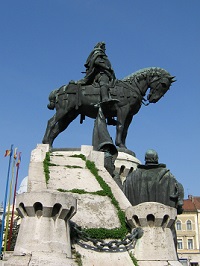
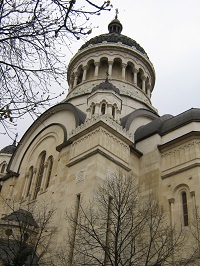
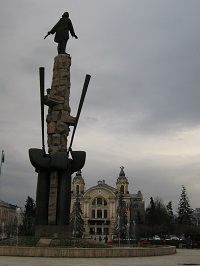
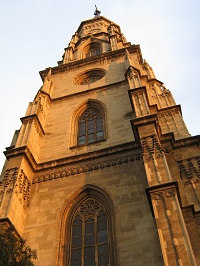
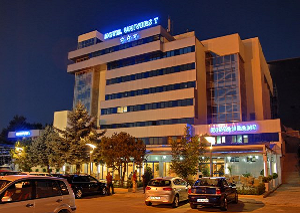
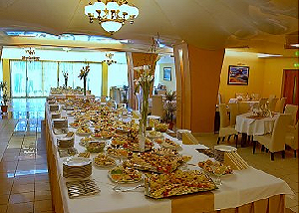
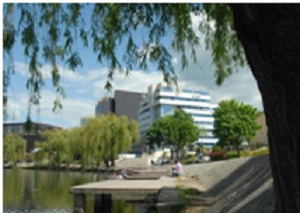
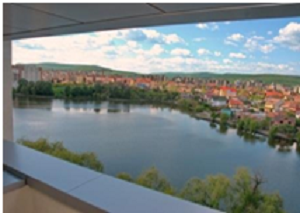
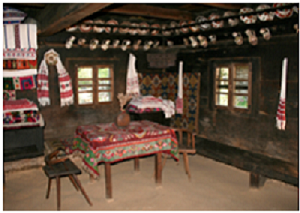
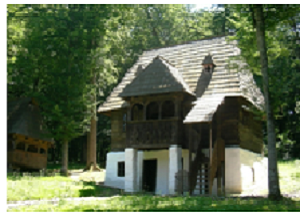
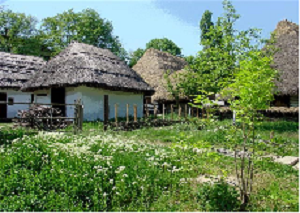
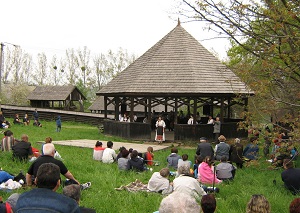
Social Event